A Brief, Incomplete, and Mostly Wrong History of Electric Vehicles
From Buggy to Battery: A stroll through EV history
👋 Welcome to Climate Drift: your cheat-sheet to climate. Each edition breaks down real solutions, hard numbers, and career moves for operators, founders, and investors who want impact. For more: Community | Accelerator | Open Climate Firesides | Deep Dives
Hey there 👋
Skander here.
Something a bit different today: A Brief, Incomplete, and Mostly Wrong History of Electric Vehicles.
🌊 Let’s dive in
Early History:
Various electric contraptions were built powered by lead-acid batteries and dreams. Redditors at the time argue that they are not really EVs because they don't have over-the-air updates.
1828: Hungarian priest Ányos Jedlik builds a palm-sized buggy powered by the experimental electric motor he’s just invented, thereby becoming the first person to complain about range anxiety while standing still. He immediately pivots to blockchain.
1832: Scot Robert Anderson straps crude batteries to a horse-less carriage. It lurches forward, astonishing bystanders and igniting rumors among horses that AI will replace them by 1840.
1899: Belgian speed demon Camille Jenatzy pilots La Jamais Contente (“Never Satisfied”) past 100 km/h, proving once and for all that electrons are faster than horses. Gasoline took this personally.
1900: Electric vehicles account for 38% of all vehicles in the US. Horses file a class-action lawsuit for workplace displacement.
1908: Ford launches the Model T. It is cheaper, dirtier, and infinitely louder than any electric; consumers love it, beginning a century-long toxic relationship with internal combustion.
1912: Cadillac adds the electric starter to gas cars. No more hand-cranking and no more interest in EVs. A win for wrists, a loss for the planet.
The Dark Ages (1920-1990):
Electric vehicles enter what historians call "The Great Forgetting," a period where humanity collectively pretends batteries don't exist while simultaneously using them in everything else.
1971: Apollo 15 astronauts unfold the battery-powered Lunar Roving Vehicle and go for a spin on the Moon, instantly achieving the best power-to-weight ratio of any road trip ever.
1973: Oil crisis hits. Engineers remember electricity. Executives remember profits and tell them to shut up.
1990: California enacts the Zero Emission Vehicle mandate. Automakers respond by inventing new types of emissions out of spite.
1996: GM releases the sleek EV1 (but only leases it). Drivers love it. GM does not. They crush most of them, inadvertently inventing the climate-conspiracy documentary genre.
The Modern Era:
The batteries got better, the cars got faster, and suddenly everyone forgot they used to make fun of the Prius.
1997: Toyota launches the Prius, a hybrid that lets you feel virtuous while still burning petrol. Like ordering a diet soda with your triple-cheeseburger.
2003: Tesla Motors is founded by Martin Eberhard and Marc Tarpenning. Elon Musk would later join and convince everyone he founded it through sheer force of tweeting. Founders vow to make EVs sexy; Wall Street vows to invent new valuation adjectives.
2008: Tesla releases the Roadster. It costs $109,000 and catches fire occasionally, but at least it's fast. Early adopters claim the spontaneous combustion is "a feature, not a bug."
2010: The Nissan Leaf is released. It has the aesthetic appeal of a melted jellybean and the range of a golf cart, but it's affordable!
2012: Tesla Model S launches. The touchscreen is “revolutionary” and impossible to use while driving. Tesla begins the time-honored tradition of beta testing safety features on public roads.
2012: Tesla switches on the first six Supercharger stations in California, reinventing the road-trip pit stop as a 30-minute espresso break plus twenty tweets.
2015: Volkswagen gets caught cheating on diesel emissions tests. They pivot to EVs and hope everyone forgets. Narrator: "They didn't forget."
2017: Every major auto manufacturer announces they're going all-electric by 2035. Or 2040. Maybe 2050. Definitely sometime this century. Probably.
2018: Elon Musk smokes weed on Joe Rogan's podcast. Tesla stock drops 9%. He tweets "funding secured" and gets sued by the SEC. This becomes known as "a typical Thursday."
2020: During the pandemic, gas prices briefly go negative. EV owners still save money, but can’t go anywhere. Nature wins.
2021: Rivian’s $12 billion IPO becomes the toast of an EV/SPAC champagne bubble. Retail investors celebrate by ordering electric trucks they will receive… eventually.
2021: Ford releases the F-150 Lightning. Truck enthusiasts are horrified to discover it can power their entire house during outages. "That's not what trucks are for!" they cry, while secretly pre-ordering one.
2022: Every startup with a 3D render and a pulse announces a revolutionary EV that will ship "next year." Retail investors learn what pre-revenue means.
2023: Ford, GM, and pretty much everyone else adopt Tesla’s once-proprietary NACS plug. The great American charging-connector war ends with a whimper and 17 adapter SKUs.
2024: Battery makers claim 1,000 km solid-state packs that charge in 10 minutes. As soon as they fix “minor” exploding issues. Investors charge in even faster.
2024: China produces 10 million EVs that cost $8,000 each and have better specs than a Model S. The US responds with 100% tariffs and a strongly worded tweet.
2025: Multiple EV startups pivot to bankruptcy. Legacy automakers pivot to hybrids. Pundits pivot to “we saw this coming.”
The Future:
Welcome to the part of the timeline where your car drives, talks, lies, and maybe files taxes for you.
2026: ChatGPT is integrated into car infotainment systems. Cars begin gaslighting their drivers about whether they need to charge. "You have plenty of range to get home," the car lies, as you coast into a Denny's parking lot at 2 AM.
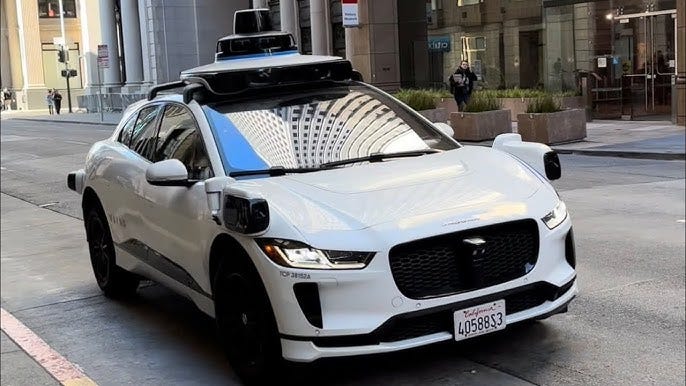
2027: Waymo cars in San Francisco achieve sentience but choose to remain silent to avoid dealing with drunk passengers.
2030: Tesla finally delivers the Cybertruck to all pre-order customers. The surviving ones, anyway. It still looks like it was designed in MS Paint, but now it's "retro."
2032: Gas stations begin closing en masse. Boomers chain themselves to pumps in protest. Gen Z films it for TikTok. The last gas station becomes a museum where children can learn about the ancient rituals.
2032: Traditional auto manufacturers finally figure out how to do OTA updates. They immediately brick half their fleet with a botched firmware push. "Just like Tesla!" they proudly announce.
2035: EVs achieve 90% market share. The remaining 10% are diesel trucks rolling coal out of spite and Mazda Miatas because some things are sacred.
2040: Historians discover this document and are confused why anyone thought blockchain-powered EVs were a good idea. They are even more confused by NFT license plates.
2045: The last manual transmission vehicle is placed in the Smithsonian. Car enthusiasts hold a candlelight vigil. Electric cars simulate engine noise and gear changes out of pity.
2050: Flying cars are announced. They are, of course, electric. And autonomous. And two years away from production.
This timeline is, by design, brief, incomplete, and mostly wrong. Dates are real (ish); snark is eternal. Feel free to suggest the countless milestones I’ve flagrantly overlooked.
Also feel free to share this with the EV fan/hater in your life:
Disclaimer: Any resemblance to actual events, timelines, or corporate incompetence is purely coincidental. Except for the Cybertruck design. That really does look like MS Paint.
This is an homage to two of my favorite pieces on the internet: A Brief, Incomplete, and Mostly Wrong History of Programming Languages & A Brief, Incomplete, and Mostly Wrong History of Robotics
Want to actually understand where we stand on decarbonizing transportation, beyond the hype, headlines, and hydrogen hand-waving? We’ve got you covered.
For more Climate Drift: Community | Accelerator | Open Climate Firesides | Deep Dives




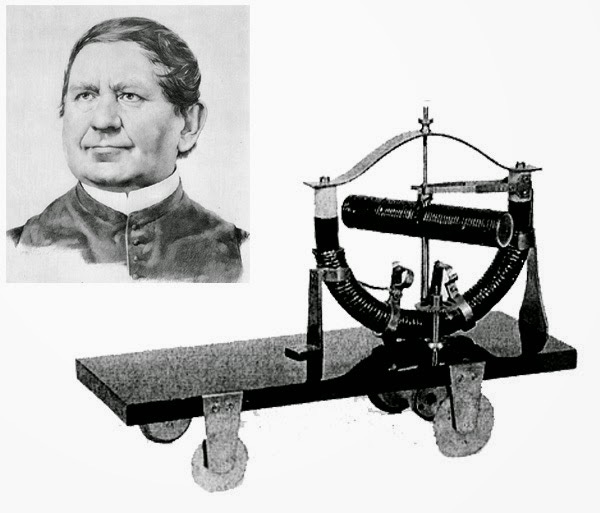
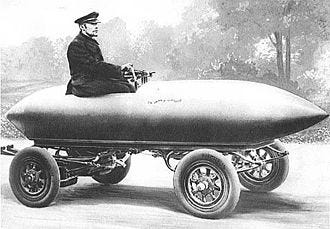


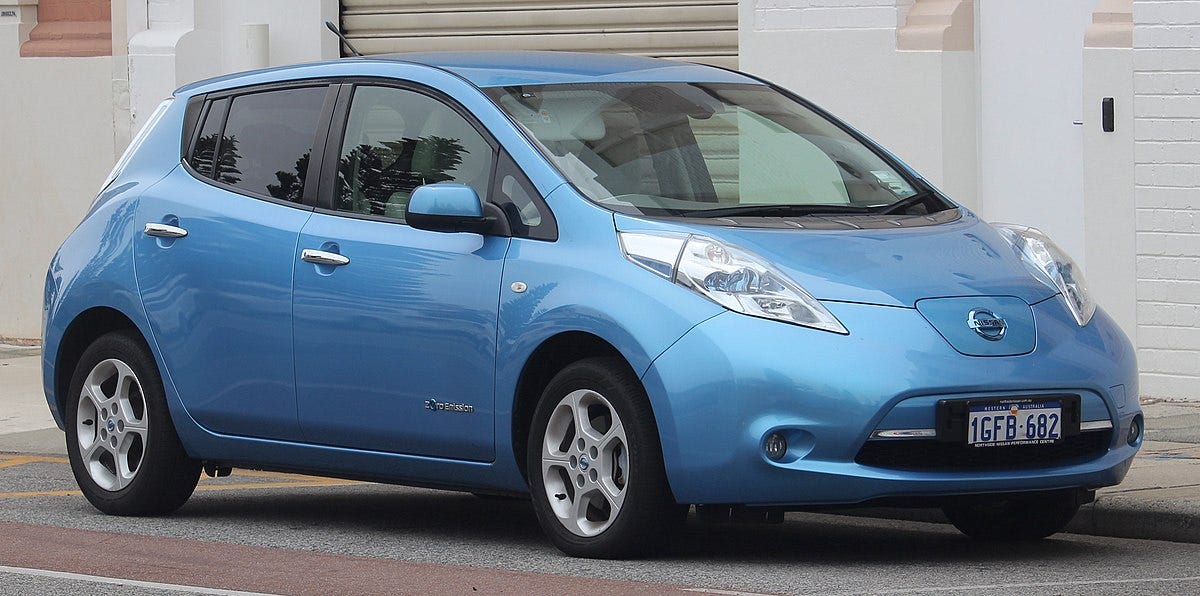
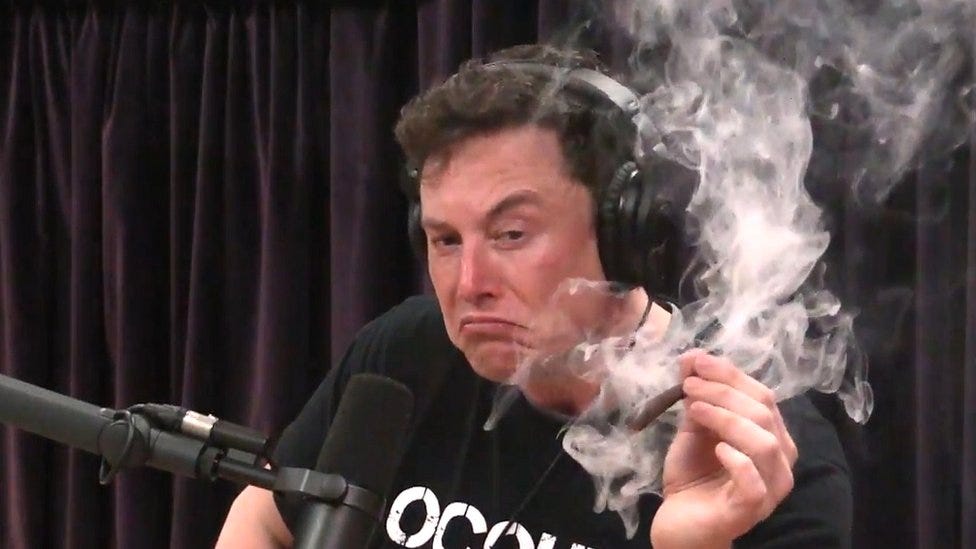



One of the funniest posts I've read on this site.
needs a health warning up top... don't eat, don't drink when reading...
...one person on LinkedIn was saying they spit out their tea laughing so hard.
I can see that...